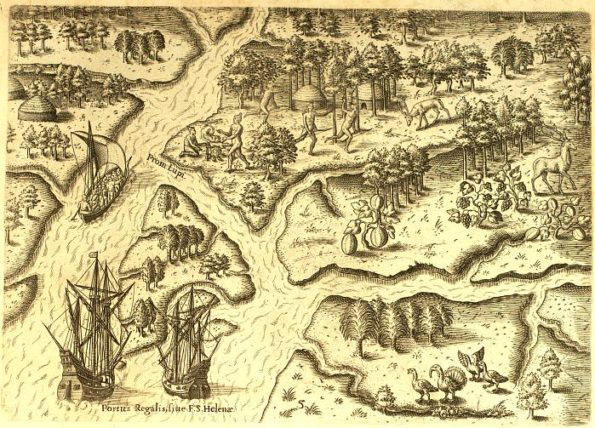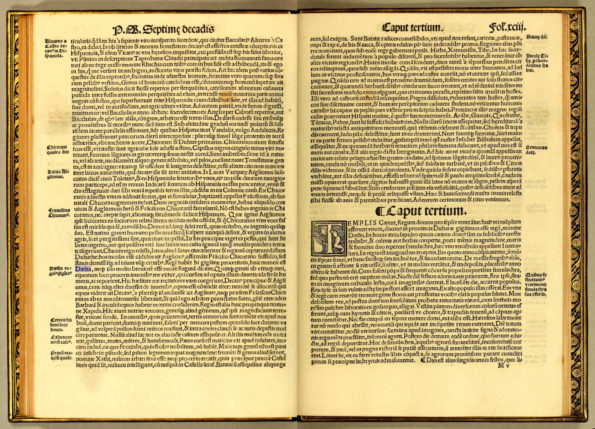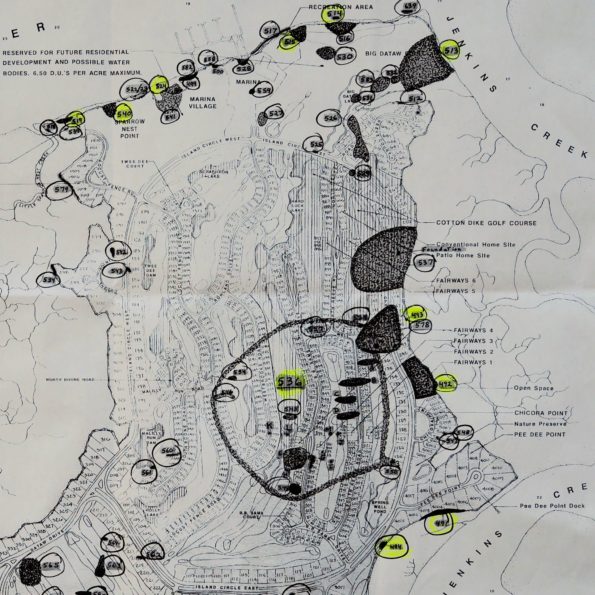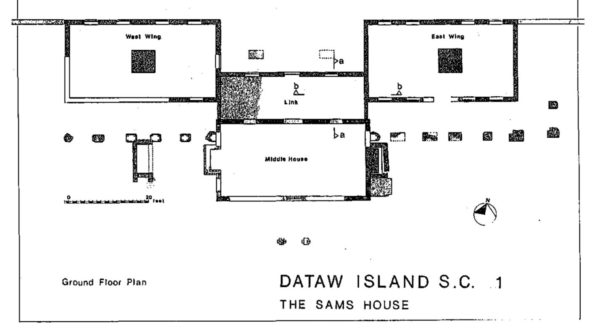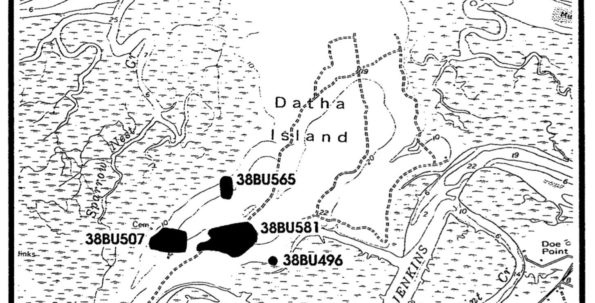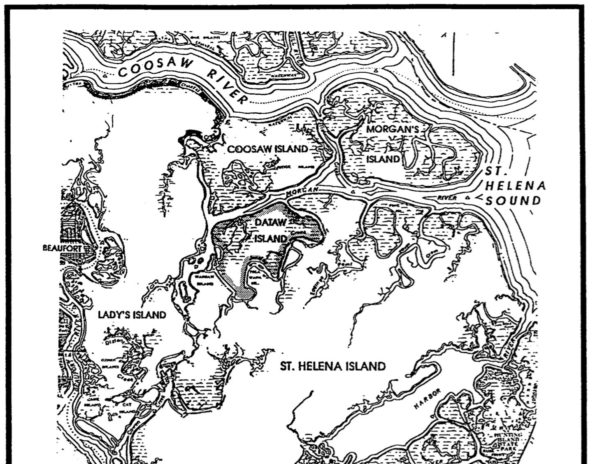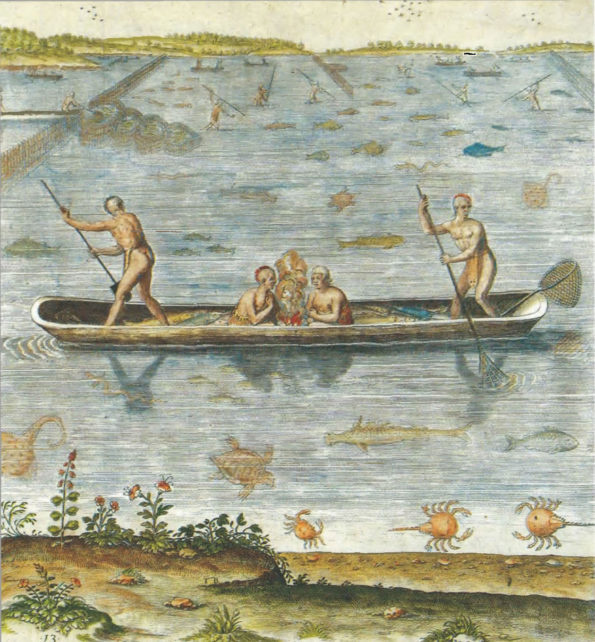Lower Coast American Indians
Like all of the United States, the Lowcountry was inhabited by indigenous peoples when Bonum Sams II (1663 ~ 1743) and John Barnwell (1771 – 1724) immigrated here in 1681 and 1701, respectively. Long before William Sams (1747 – 1798) bought Datha Island in 1783, the conflicts between Europeans and American Indians had played out here in the Lowcountry. The American Indians were gone from this corner of South Carolina. It may surprise you to know that nineteen American Indian tribes lived in our area at one time. We are reminded of the American Indians by the river/estuary names even today.


